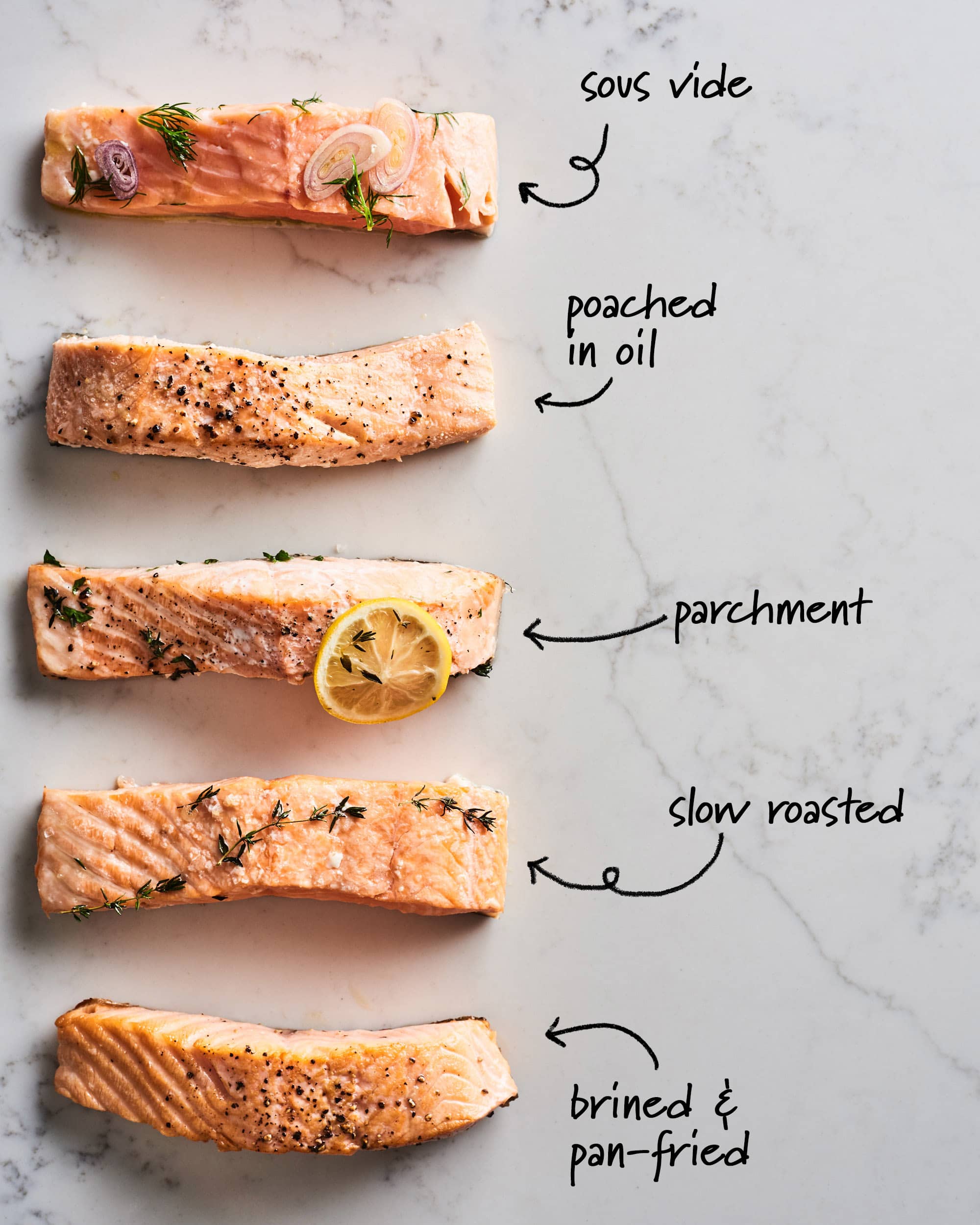How to Clean Salmon: Tips and Techniques to Ensure Freshness and Flavor
– Cleaning salmon before cooking is important to remove surface contaminants and bacteria
– It eliminates impurities like sand and dirt
– It removes foul odor
– It ensures even cooking
– Tools needed: clean cutting board, sharp knife (optional for scaling and gutting), spoon (optional for gutting), paper towels
– Steps for cleaning salmon before cooking: rinse the salmon under cold running water, pat dry with paper towels
– Optional steps: remove scales using the backside of a knife or fish scaler, gut the salmon by making a shallow incision along the belly and removing the guts, rinse the cavity thoroughly
– Optional step: remove gills by gently pulling them out from the head-end of the fish
– Optional step: trim off fins and tail or cut the salmon into fillets or steaks
– Optional step: debone the fillets using fish tweezers or pliers
– When cutting salmon into steaks, remove the ribs by sliding a knife between the flesh and rib membrane
– After rinsing the salmon, wrap it tightly in plastic to minimize oxygen exposure
– Store salmon in the coldest part of the refrigerator (at least 32F) to keep it from spoiling
– Fresh salmon should keep for about two days in the fridge when properly wrapped
– Wash hands thoroughly with soap and water after handling raw fish
– Clean all surfaces and utensils that came into contact with the fish to avoid cross-contamination
– Cook salmon to the proper internal temperature of 145°F or 63°C
– Properly cleaning salmon ensures it is free of harmful bacteria, pathogens, and dirt
– Cleaning salmon makes for a visually appealing dish and prepares it to absorb desired flavors.
